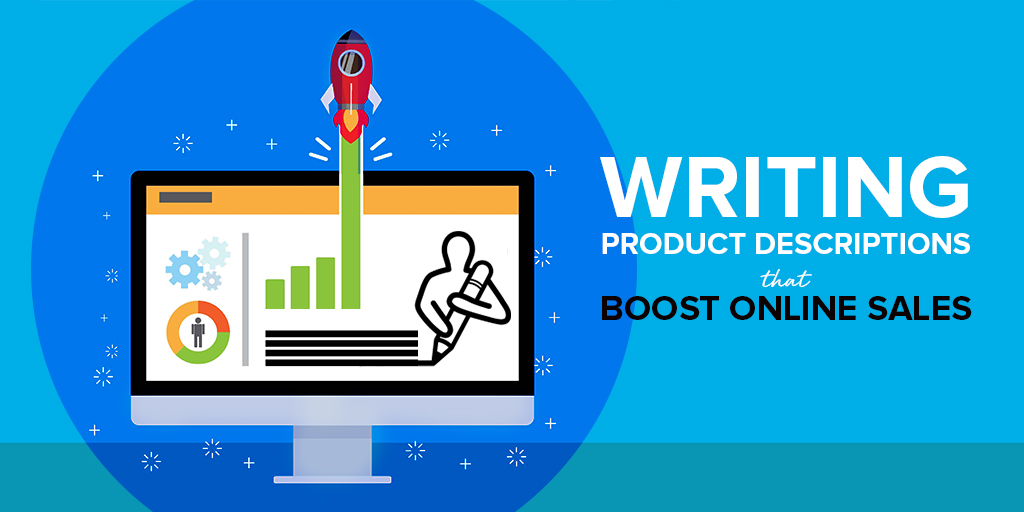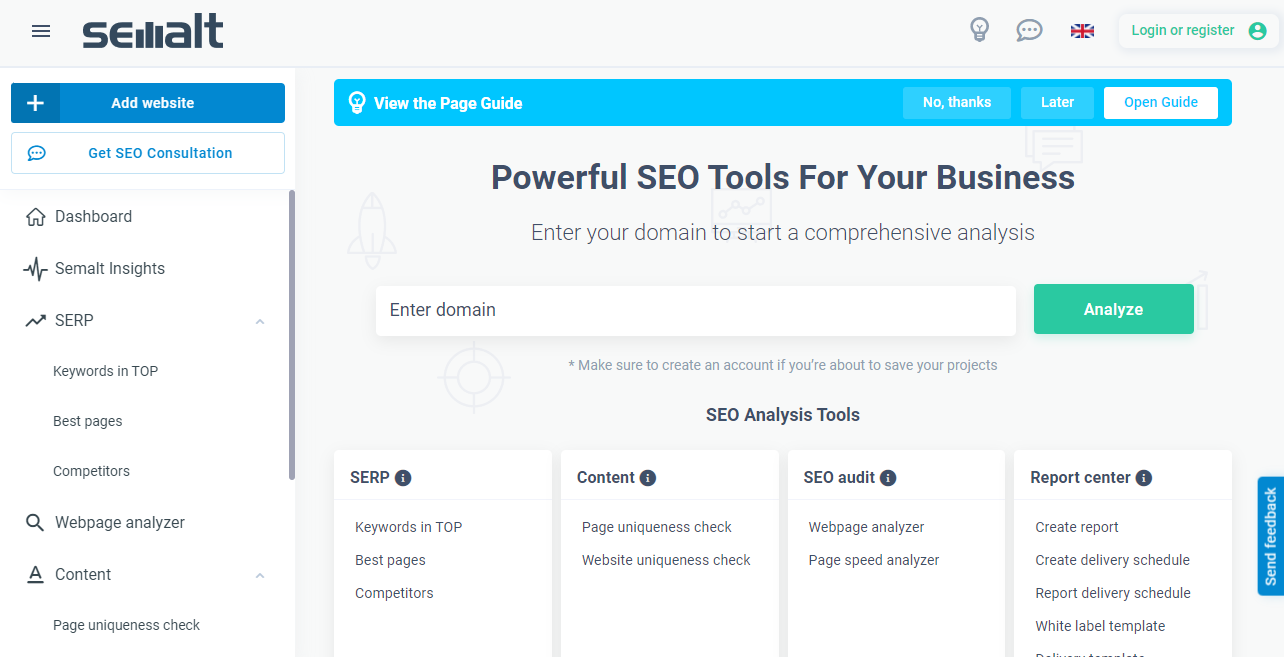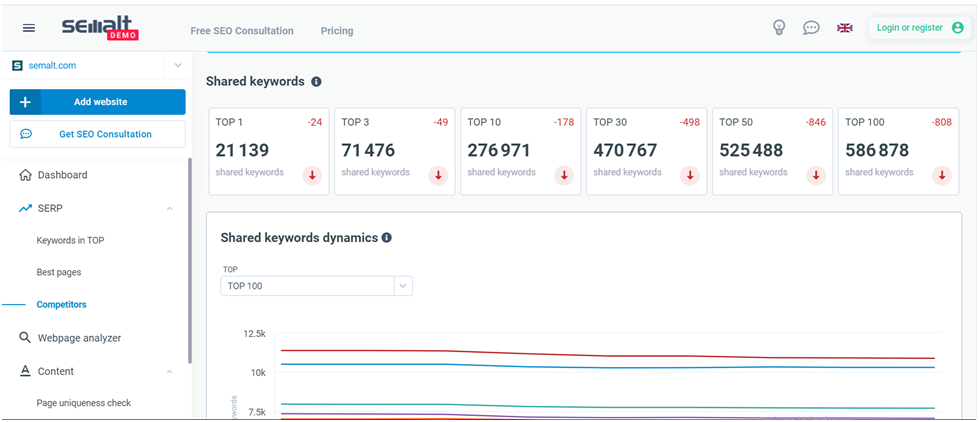Semalt: How And When To Prepare Product Descriptions In An Online Store

Wondering why your products don't appear high in Google's organic results? Do you have a fast and well-prepared store, high-quality photos, and yet the Google search engine still "does not like" your products?
Perhaps the reason is the poor content on the product pages. If your products do not have extensive descriptions yet, let's start by considering whether they are at least useful for SEO?
Why should your products have descriptions?
There are many arguments justifying the need to create a comprehensive product description. If you are a store owner, you will surely hear arguments suggesting that well-written descriptions are better received by potential customers and help them make decisions about purchasing the product in your store.
Extensive and well-written descriptions:
- will present the most important features of the product - the product online cannot (yet) be touched, so it helps the customer get to know the product;
- convince the customer of the values he / she will get by buying a given product - why should this particular product be bought by the customer?
- will indicate what customer "problems" your product will solve - be an expert in your industry, indicate specific applications of your product;
- indicate complementary products in your store - if you sell monitors, present the customer with appropriate accessories that will allow him / her to take full advantage of its capabilities (e.g. DisplayPort cable, which the manufacturer has not included in the set);
- will indicate alternative products in your store - in some cases, the recipients may have found product cards that do not fully solve their problems - you can thus indicate similar products, but adapted to slightly different solutions than the described product.
UX, Content and sales specialists would certainly point out even more benefits and tasks that the description should fulfil - take them into account!
Remember about SEO

The content on the product page plays a very important role in the process of positioning in search engines. Your product description, as well as other elements of the product card, will affect not only whether the customer buys a given product, but also whether the customer finds the product card from the search results. While in some cases, a short description along with a full and detailed photo gallery of the product will be sufficient for the customer to make a purchase decision, in a competitive industry, it will probably be insufficient for search engine robots who will evaluate the text on the website.
Describe a specific product
Many store owners try to cover the subject of the category in which the product is placed in the product description. In the SEO industry itself, I have come across "advice" to additionally display a category description on product pages. In my opinion, the description of a product in your store should focus on specific features, values and solutions that this one particular product provides, it should move, indicate and highlight the features that distinguish this product from other similar products.
Generally speaking, if the product has a chance to appear in the search results, it is only for phrases very specifically related to it and not general phrases associated with a given type of product or brand. Of course, if we are talking about a store with hundreds or thousands of very similar products, it may be difficult to find unique features that stand out, but in this case, will we target keywords other than their name / model? Let's see!
Keyword targeting - is the product description always in the right place?
I would recommend consulting every situation of this type with an SEO specialist, or an SEO agency, because, as we know, "it depends". But when it comes to expanding the content of websites in online stores, you should first determine the appropriate strategy and method of targeting (assigning) keywords to the appropriate types of pages in the store structure. In many cases, it may turn out that the product descriptions are not what we should be completing - and certainly not in the first place.
In such cases, a more sensible step will be to target keywords for which many products in our store are responsible (e.g., "large garden swimming pools") to the appropriately selected category or product subcategory.
Such keyword targeting must be done with the help of SEO tools such as the Dedicated SEO Dashboard (DSD). Indeed, the DSD is a new generation SEO tool that aims to help any online store owner or SEO specialist to perform SEO tasks in a short period of time and have good results.

With the help of this tool, you can target the right traffic-generating keywords to optimize your product listings. This tool also has a feature called Google SERP Analysis. In fact, you can use this DSD feature set to find out your site's position on Google as well as the TOP pages and keywords for which it ranks. This competitor analysis tool can also reveal the top competitors in the required niche, check their traffic-generating keywords and get an idea of their promotion strategy.

This will allow you to be one step ahead of the competition and also save on your promotion budget.
Moreover, this tool has several other functions that I invite you to discover on demo.semalt.com.
Technical aspects of the product description
Suppose you already know what keywords your product should respond to. Here's what to look for when writing:
- if you do not have other content tools, try to adjust the length of the content based on the average / median of competing product cards. More than the length of the description, focus on exhausting the topic / issues related to the product, but do not make an encyclopedia of your product card. You can describe that your "garden pool" works with filter pumps with specific features, but do not describe the history of the creation of water pumps;
- give the paragraphs a title (subheadings) and use the elements H2 and H3 for this, it's a good place to insert keywords;
- use "bullets" and, if possible, relevant structured data (schema.org);
- use photos in the content of the description willingly - however, do not forget to compress them and assign an appropriate alternative description to them;
- use bold <strong> to underline parts of the product description that contain keywords;
- use internal linking.
What mistakes can you make and what pitfalls can you encounter?
Among the most common errors, I can distinguish internal duplication - i.e. duplicating the same description on the pages of many similar products. In my opinion, this is much more serious than external duplication, which is most often caused by copying descriptions from the manufacturer. Is it harmful? In my opinion, no. However, will such a description distinguish us from the competition and allow us to build an advantage in this aspect? Still no, and not taking advantage of this possibility is a mistake for me.
External duplication also awaits us in the form of a trap we can fall into. Let's say we have written a long and unique description suitable for SEO. Then we decided to expand the sales channels for our products and, directly from our store, we export the products with our description to sales platforms such as Allegro or OLX.
In this case, we compete with ourselves in the search results. Such platform domains will have much higher confidence in the Google search engine and with the same description, will probably land over us (often even if we are the producer of the given product). Of course, it is good if our products take several places in the search engine and if some customers who would not buy in our e-shop for some reason, buy our product on Allegro. But there is no reason why our SEO-specific description (which could cost us a lot) should work mainly for the positioning of Allegro.
Summarizing this paragraph, on your product card, present a long description adapted to sales and SEO, and on platforms, a shortened version focused on sales (preferably not a part of the product card).
Product descriptions in an online store: summary
Product descriptions in the online store, as well as content on other subpages, should be a well-thought-out part of the entire process of positioning and optimization of the website. Depending on many factors, they can constitute the basic landing page for many keywords or only those related to the product model. Specific decisions about targeting keywords should be based on a thorough analysis or consultation with a specialist. Of course, the descriptions should also play a sales role and help your customers.
If you need to learn more about the subject of SEO and website promotion, we invite you to visit our Semalt blog.
